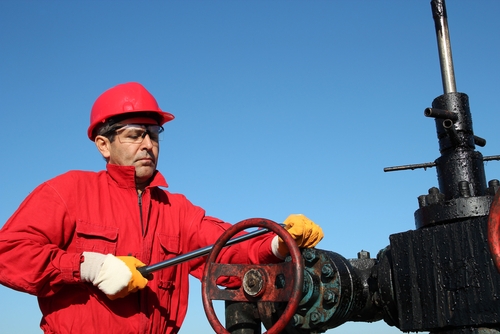
When workers have to perform duties within confined spaces, they will likely be their colleagues’ sight. This could result in increased risk to their personal safety if they cannot be seen and there is an issue with the space, such as the presence of hazardous gas.
Since these spaces are not designed for continuous occupancy or have restricted means for workers to exit and enter through, there are risks with enclosed areas that could require immediate attention if workers are in danger, the U.S. Occupational Safety and Health Administration notes.

Confined areas like tanks or storage spaces could be hazardous for oil and gas workers.
“While the risks within confined spaces are not readily apparent, workers should continuously monitor these areas for any buildup of gas and vapors that could cause occupational fatalities.”
Fatal injuries associated with confined spaces reached their highest level in 2000 with 100, according to an analysis of data from the U.S. Department of Labor’s Bureau of Labor Statistics Census of Fatal Occupational Injuries (CFOI) program. Fatalities in enclosed areas is a significant problem for the upstream oil and gas companies. Since then, upstream deaths in the oil and gas industry have fluctuated with 15 recorded in 2012, down from more than 40 in the previous year, according to OSHA data.
While the risks within confined spaces are not readily apparent, workers should continuously monitor these areas for any buildup of gas and vapors that could cause occupational fatalities.
With the risk of worker deaths in confined spaces, staff should be prepared to go into these areas with knowledge of proper communication procedures and equipment, including:
Use walkie talkies
As workers may not be able to see each other if one is inside in a confined space and the other is outside, a direction line of communication using walkie talkies, or other two-way radio devices will help maintain contact even if supervisors cannot keep them in their line of sight, according to OSHA. Using two-way radios can alert the staff member outside of the enclosed space if someone is in need of rescue or emergency medical services in case things go wrong. Other communications equipment can include cellphones, however, the conditions of an enclosed space may make it difficult for phones to receive a signal.
Monitor confined spaces with cameras
While co-workers may not be able to see their colleagues while they are in a confined space, advanced camera monitoring technology could do this job for them. Using cameras could give managers or other workers the eyes they need in and out of a confined space to gauge the safety status of people in these areas.








